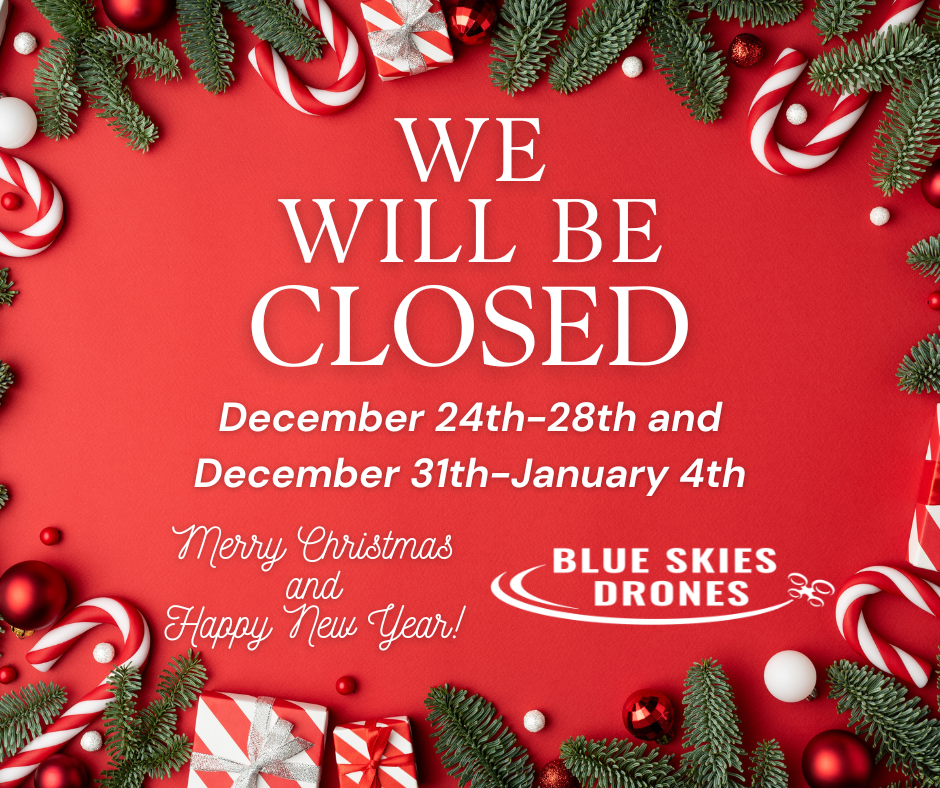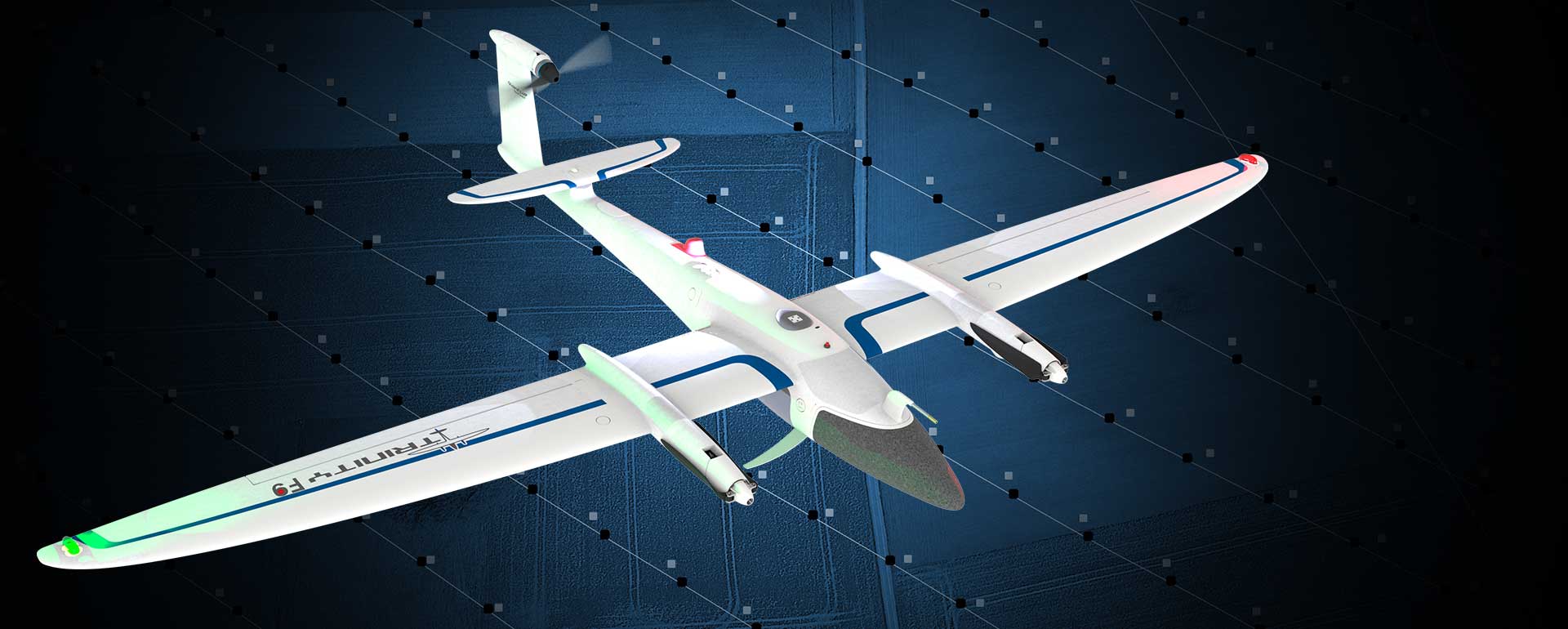|
|||
|
|||
|
|||
Key features of the Trinity F9
PPK (Including Quantum-PPK iBase Station)
Allows you to reduce typical GNSS geotagging errors of several meters down to 2 – 5 cm via auxiliary GNSS data collection in flight. Better accuracy with dramatically reduced additional costs!
LIVE-AIR-TRAFFIC
Now it is possible to automatically integrate Live-Air-Traffic-Info into QBase when the pingUSB dongle is connected. This solution is the world’s smallest, lightest and most affordable USB dual-band ADS-B receiver. The pingUSB provides high-quality tracking data for use with software such as Virtual Radar Server and services including ADS-B Exchange.
ANTI-COLLISION-LIGHTS
The Trinity F9 UAV has integrated flashing anti-collision and position lights.
|
QUANTUM-SYSTEMS ABOUT PPK & RTK
PPK and RTK (post-processing kinematics and real-time kinematics) are the algorithms that allow the user to cancel most of GNSS errors via processing data from two receivers that are close enough to each other. They share the same common errors for most error sources such as ionospheric and tropospheric influence on the signal transmission, satellites ephemeris and clock errors. As is clear from the names, RTK is performed in real time, PPK – in post-processing.
When properly applied, these algorithms reduce positioning errors from several meters (typical for standalone GNSS receivers) down to several centimeters.
The Quantum Systems current approach of choice is PPK:
|



